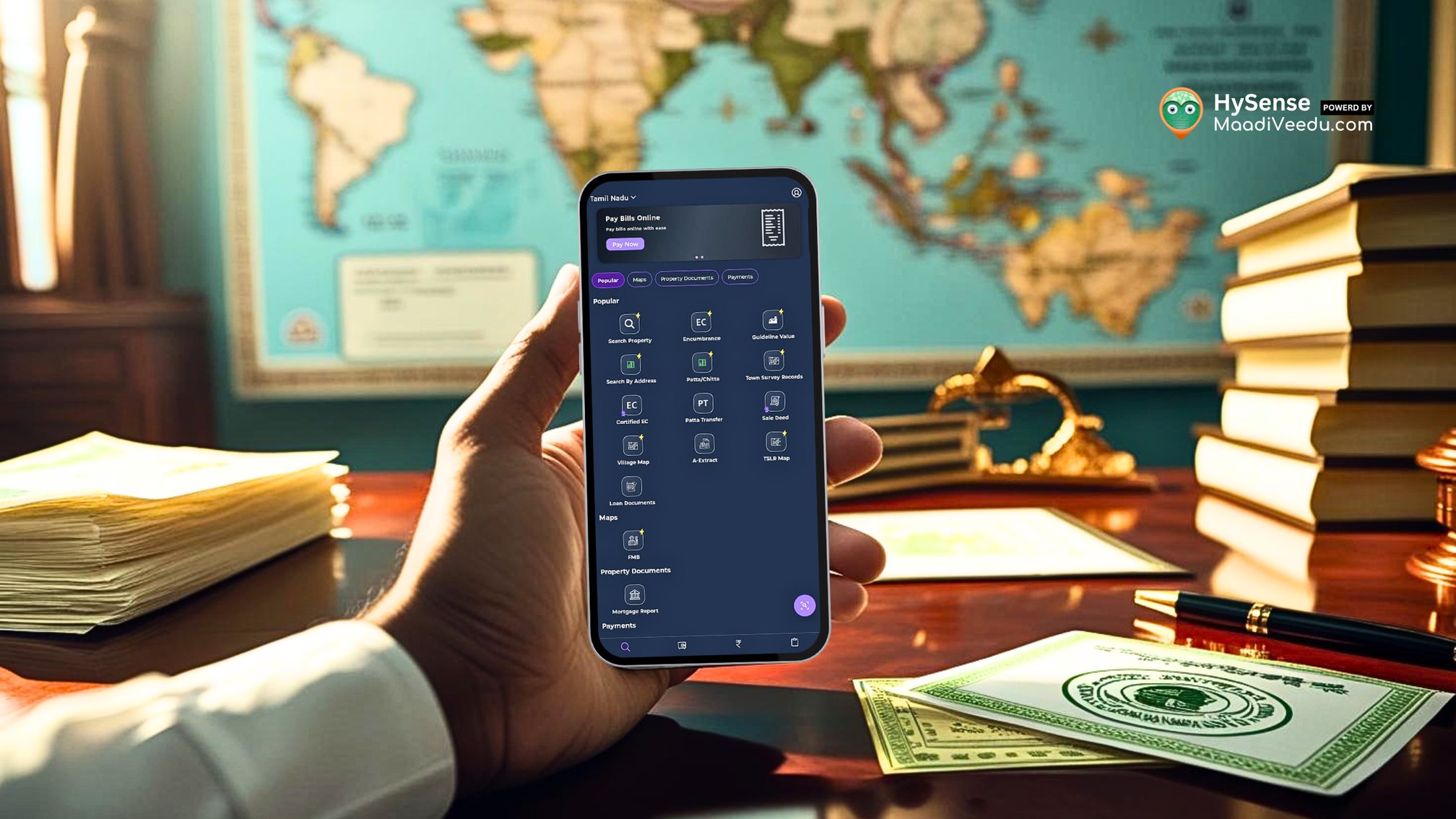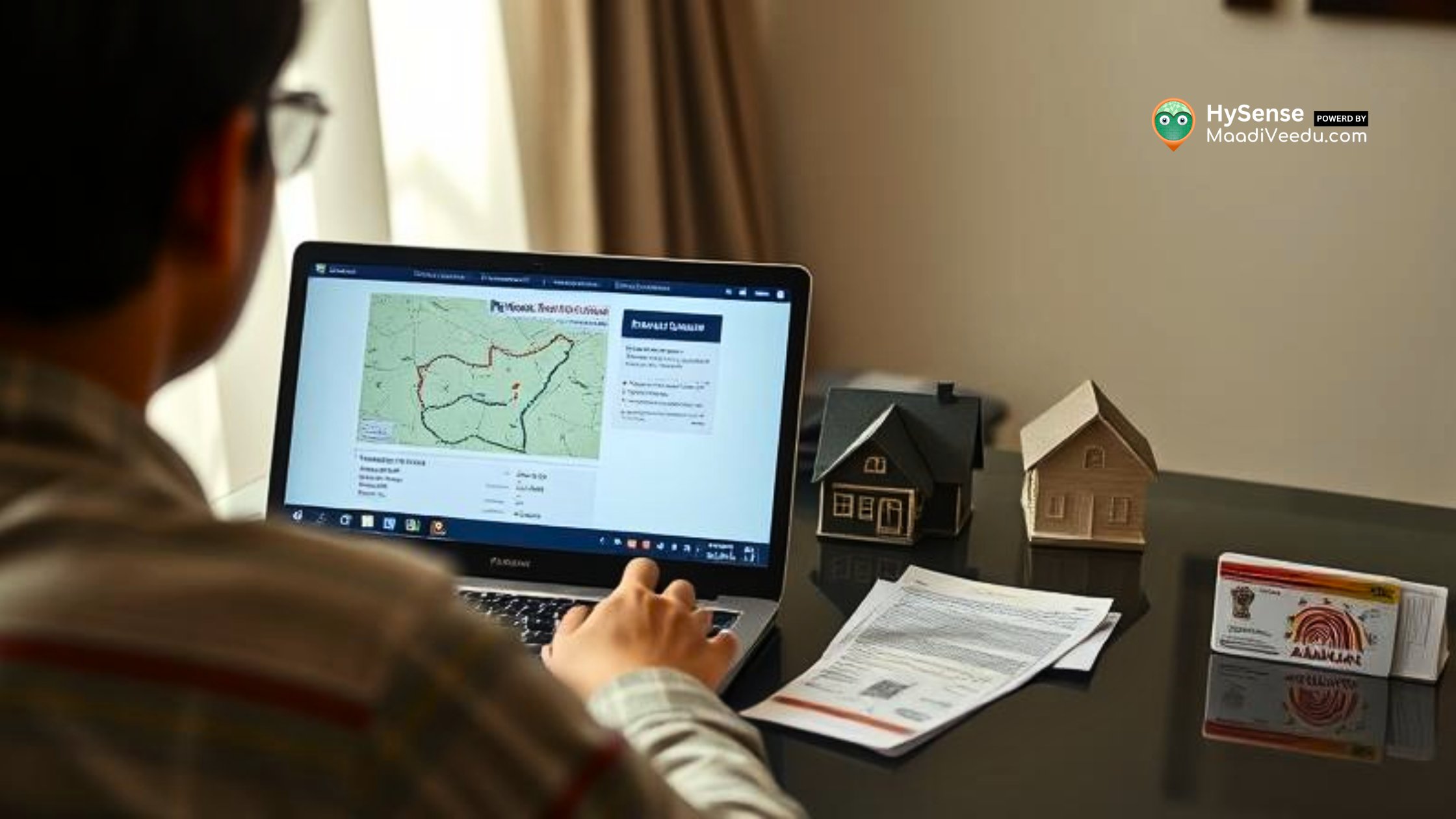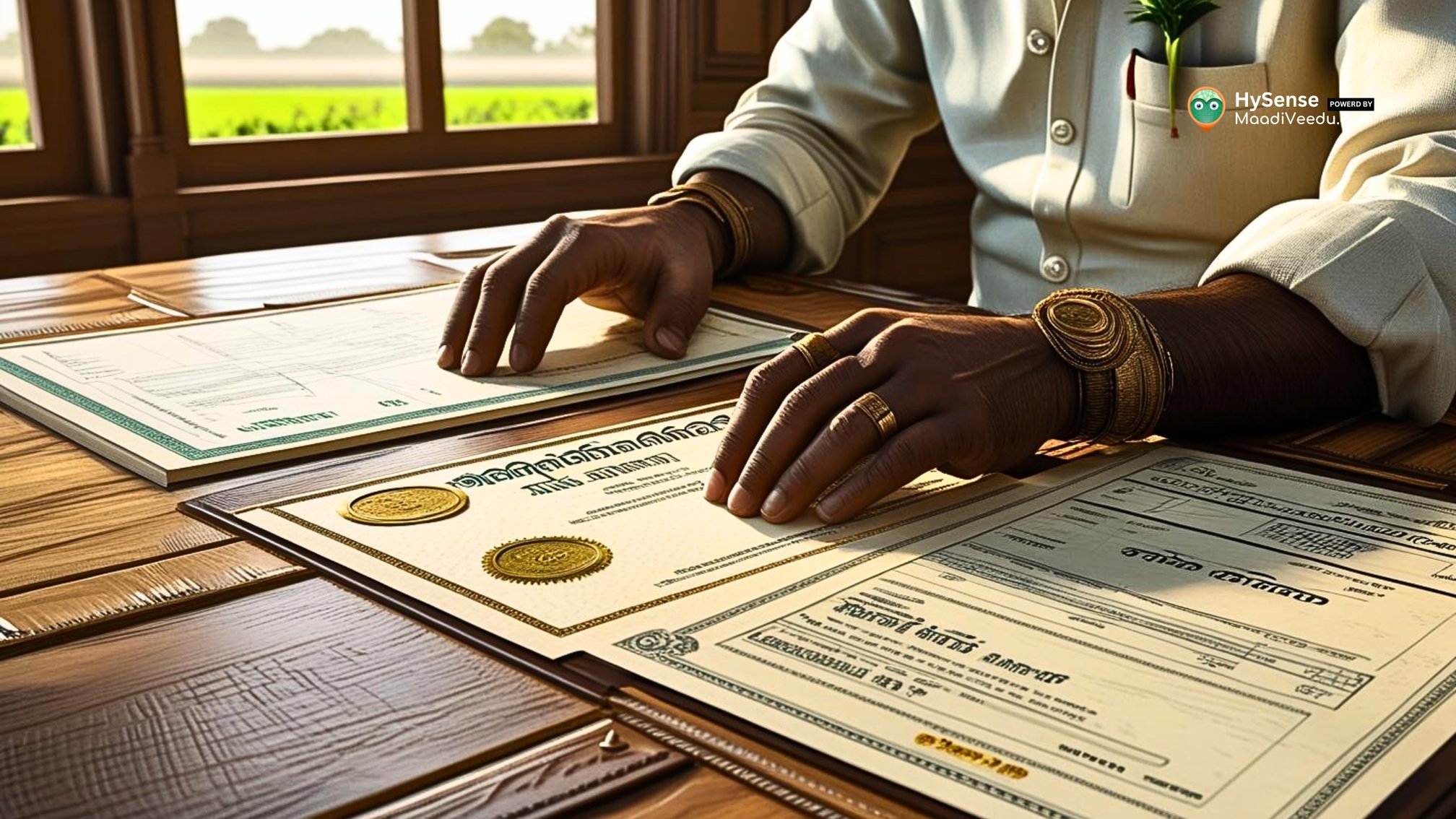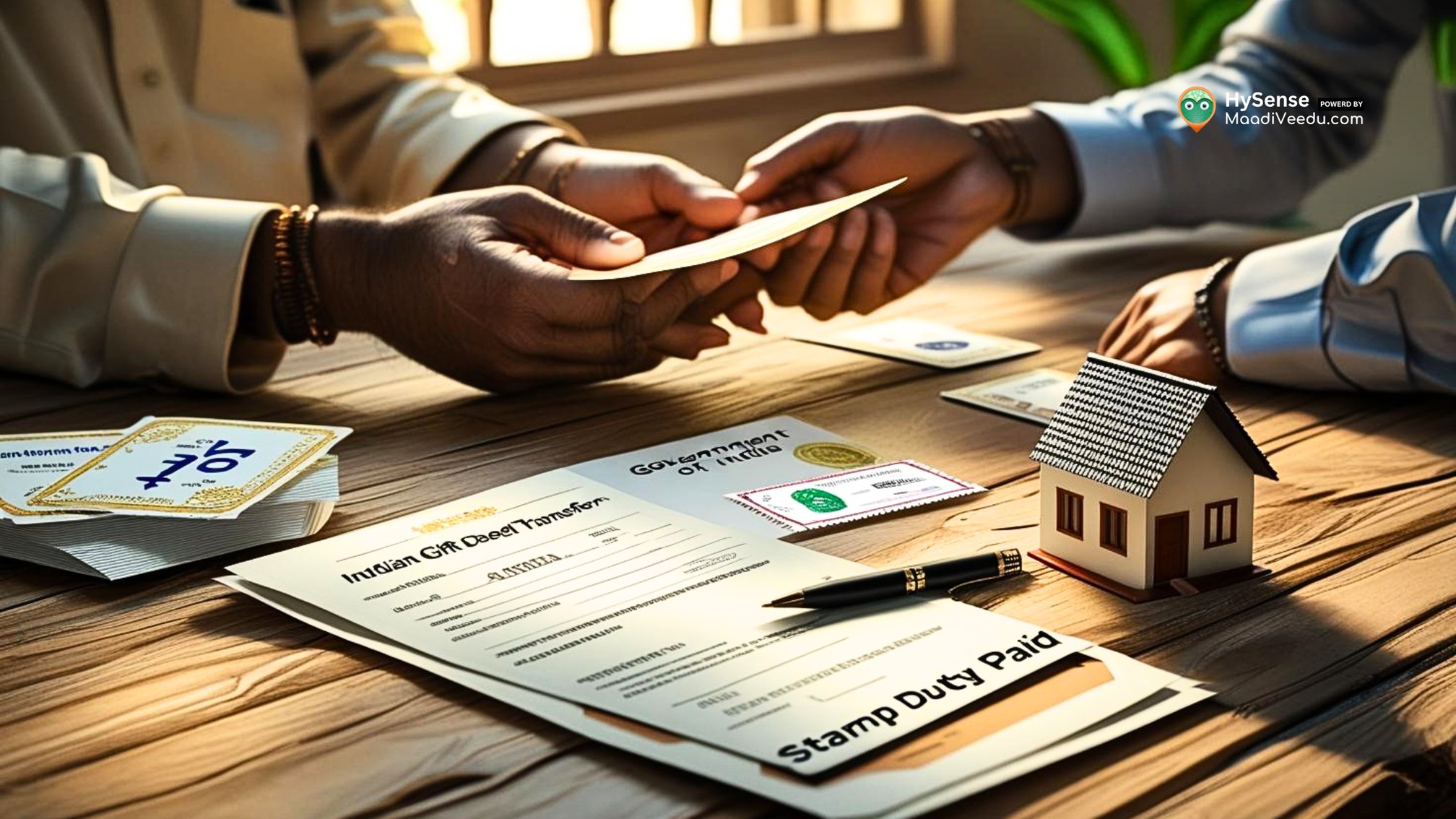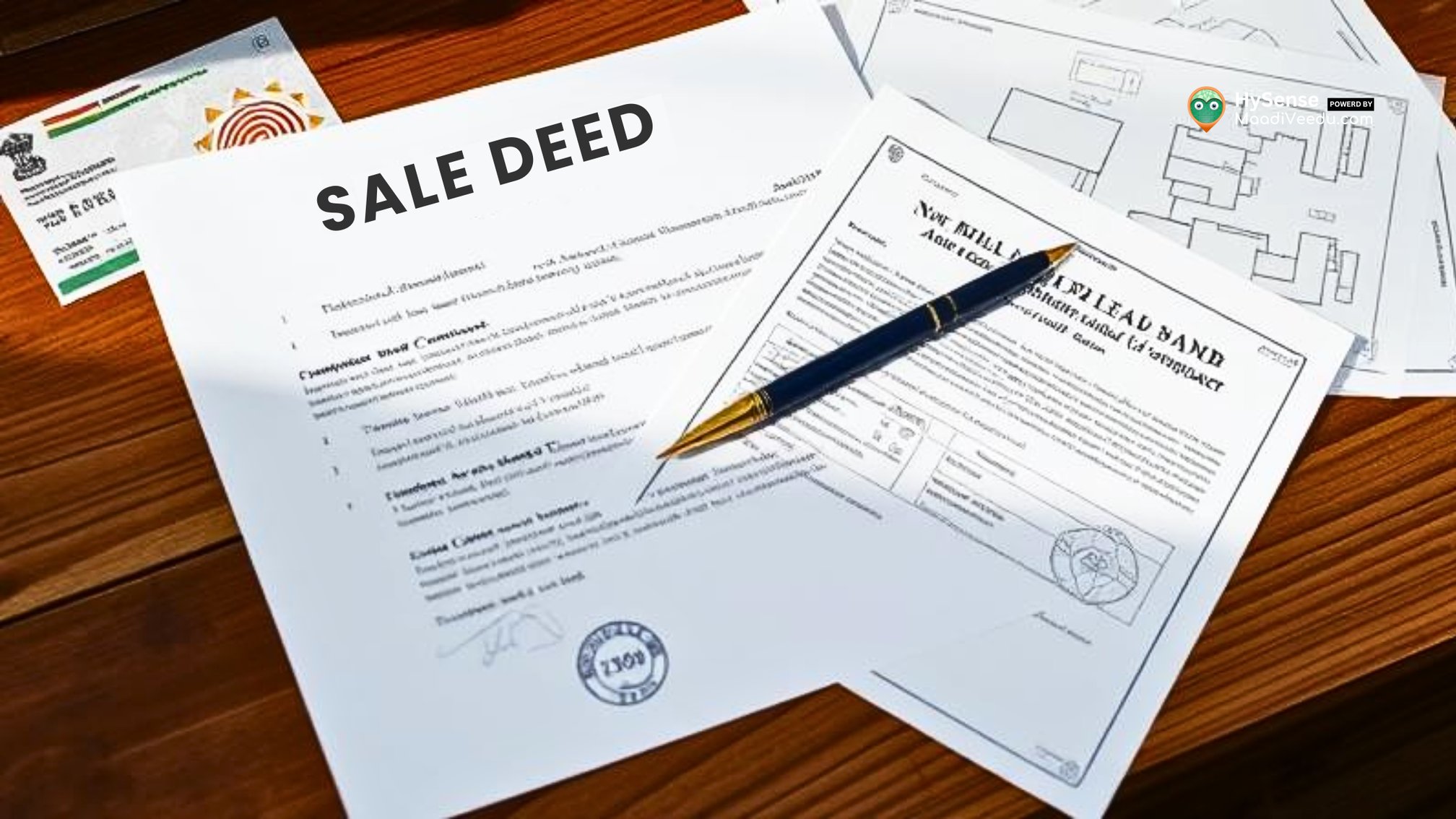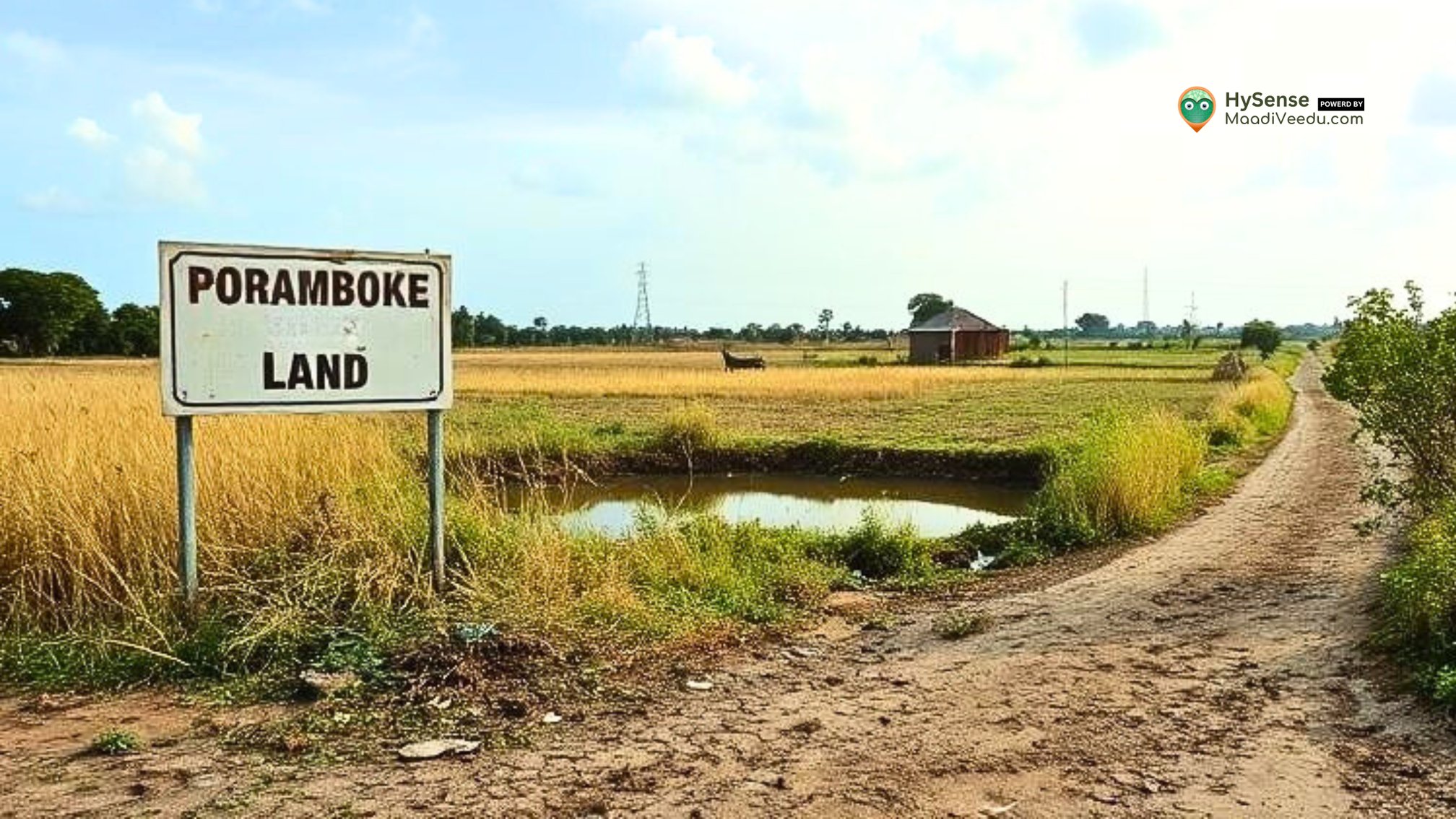How to Get a Refund for Overpaid Property Tax - Simple Steps You Can Follow
Frustrated with overpaid property tax? Learn how to easily claim your refund with simple steps and get your hard-earned money back!

Table of Contents
Overpaying your property tax can be frustrating, but you don’t have to accept it. If you’ve paid more than what you owe, you can get your money back by following a few simple steps. Whether it’s due to a mistake in property assessment, an incorrect tax rate, or other errors, it’s important to take action. In this guide, we will explain how you can easily claim a refund for your overpaid property tax.
Step 1 – Review Your Property Tax Bill
The first thing you should do is thoroughly check your property tax bill. Here are the common areas to look for errors:
- Property Value: Ensure that the value of your property is correct. Property values are assessed by the local authorities, and sometimes mistakes happen, causing an overvaluation.
- Tax Rate: Verify that the correct tax rate has been applied. Tax rates can differ depending on the area, and there may be variations for residential, commercial, or agricultural properties.
- Extra Charges or Mistakes: Look for duplicate charges or additional fees that shouldn’t be there. For example, if you own a single property but are being charged for multiple properties, it’s an error.
- Exemptions: Some areas offer exemptions or reductions in property tax for certain categories, such as senior citizens or women property owners. Make sure these exemptions, if applicable, are reflected on your bill.
If you spot any of these issues, it means you’ve overpaid your tax and should proceed to the next steps.
Step 2 – Gather Necessary Documents
Once you confirm that you’ve overpaid, it’s time to collect the documents required for a refund request:
- Property Tax Bill: A copy of your tax bill that shows the amount you paid.
- Payment Proof: Bank statements, receipts, or other proof of payment that shows the amount you have paid for property taxes.
- Correspondence from Tax Authorities: Any notices or communication you’ve received from the local authorities regarding your property tax.
These documents are necessary to support your claim and prove that you’ve paid more than you owe.
Step 3 – Contact the Local Property Tax Department
Next, you need to get in touch with your local property tax department. Depending on where you live, there are a few ways to contact them:
- Online Portal: Many local authorities provide online portals where you can file a refund claim. Check if your municipality offers this service.
- Phone or Email: You can contact the tax department by phone or email to explain your situation and ask for guidance on how to apply for the refund.
- Visit the Tax Office: In some cases, you may need to visit the tax office in person. If online or phone services aren’t available in your area, this may be the most effective option.
When you contact them, be clear about the issue, and provide all the necessary documents that show you’ve overpaid.
Step 4 – Fill Out the Refund Application
After contacting the tax office, you will likely be required to fill out a refund application. Here’s how to complete it:
- Provide Accurate Information: Fill in all your details correctly, including your property address and the exact amount you overpaid.
- Attach Supporting Documents: Include a copy of your property tax bill, payment receipts, and any other documents that support your claim.
- Explain the Reason: Provide a brief explanation of why you believe you overpaid, such as an incorrect assessment or tax rate.
Double-check the form before submitting it to avoid any mistakes that could delay the process.
Step 5 – Follow Up on Your Refund Request
Once you’ve submitted your refund application, it may take some time for the authorities to process your claim. Here’s what you can do:
- Track the Status: Many local tax departments allow you to track the status of your refund online. Use this feature if available.
- Call or Visit: If you haven’t received any updates within a reasonable time, contact the tax office to follow up on the status of your refund request.
Being proactive in following up will ensure that your case is not overlooked.
Step 6 – Receive Your Refund
Once your refund request is approved, the tax office will issue your refund. There are several ways the refund may be sent to you:
- Cheque: You may receive a cheque at your registered address.
- Bank Transfer: Some local authorities may transfer the refunded amount directly to your bank account.
- Credit Towards Future Taxes: In some cases, the refund may be applied as a credit toward your next property tax payment.
If you have questions about how your refund will be issued, ask the tax office for clarification.
Step 7 – Prevent Future Overpayments
To ensure you don’t overpay in the future, take these simple steps:
- Review Tax Bills Annually: Check your property tax bills carefully every year to ensure there are no errors.
- Stay Informed About Tax Changes: Tax rates can change from year to year, so it’s important to stay updated with the latest information from your local tax authority.
- Use Online Services: Many municipalities offer online services that allow you to check your property tax details, payment history, and exemptions. Using these services will help you stay on top of things and avoid future overpayments.
Final Thought
Overpaying property tax is an issue many people face, but it can easily be corrected by following these steps. By reviewing your tax bill, gathering the right documents, contacting your local tax office, and submitting a refund application, you can get back the extra amount you’ve paid. Following up and being proactive will speed up the process, and staying informed will help you avoid overpaying in the future.
Remember, if you are unsure about any part of the process, don’t hesitate to ask for help from a property tax expert or local consultant who can guide you through it.
Stay connected with us for more helpful tips and updates by following our journey through beautiful moments and insights




